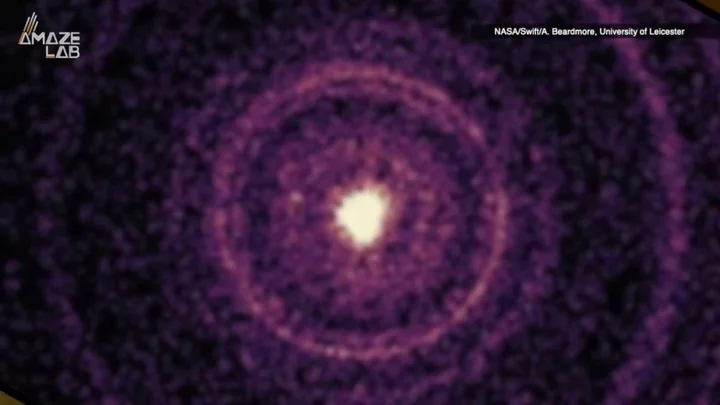Astronomers have spotted the moment a black hole "turned on".
While looking for the collision of a neutron star with another object, which should result in a kilonova (an explosion which reddens then fades over time), they stumbled upon an event which remained extremely bright.
They soon worked out this light was because of supermassive black hole called J221951-484240 which had been on for around 10 months.
But then they had to work out what had caused it, and got stuck between two causes,
“J221951 is consistent with being nuclear, so the scenarios we are being left are a tidal disruption event or an active galactic nucleus,” lead author Dr Samantha Oates said as she presented the research at the National Astronomy Meeting 2023. “Looking at the spectrum it's consistent with both categories.”
Sign up to our free Indy100 weekly newsletter
A tidal disruption event (TDE) takes place when a star or a gas cloud gets too close to a supermassive black hole. The material is ripped apart, and begins to shine as the black hole feeds
Alternatively, it could be an active galactic nucleus (AGN), the phase of a supermassive black hole where it is consistently feeding in a frenzy.
“We hope in future to distinguish between these two scenarios,” Dr Oates concluded.
Have your say in our news democracy. Click the upvote icon at the top of the page to help raise this article through the indy100 rankings.

